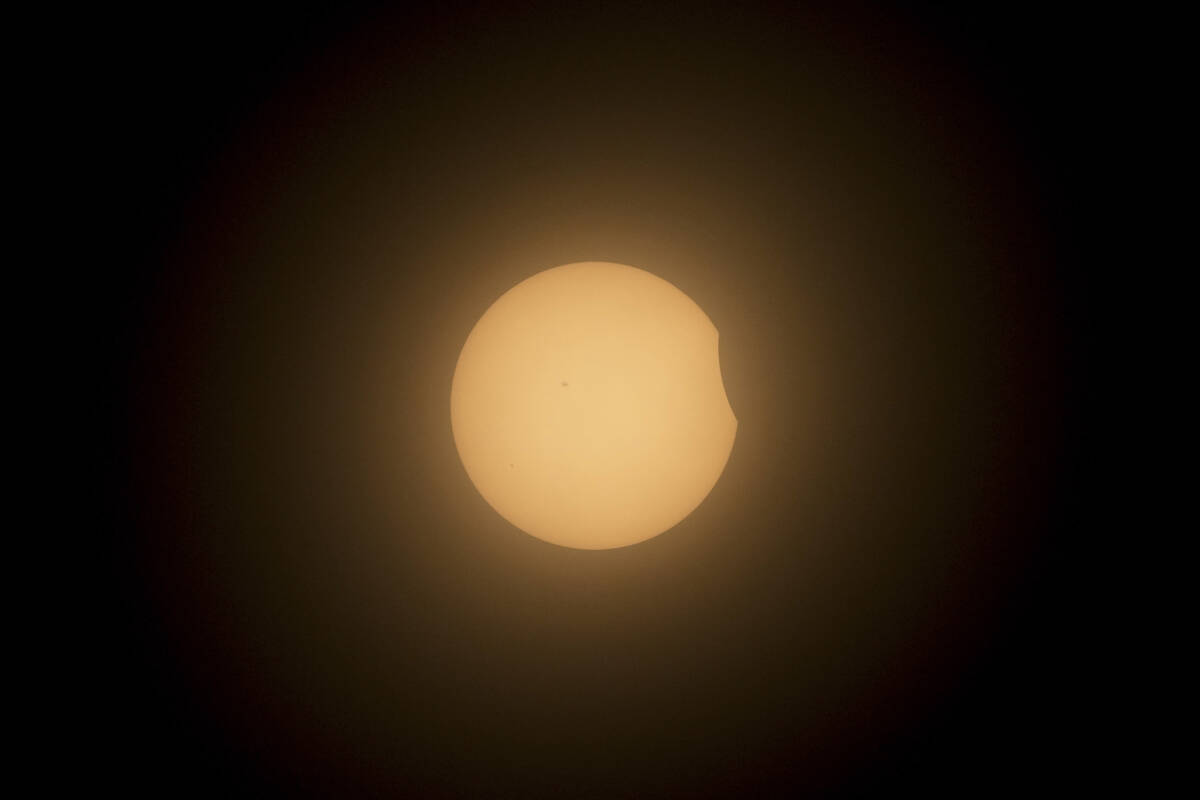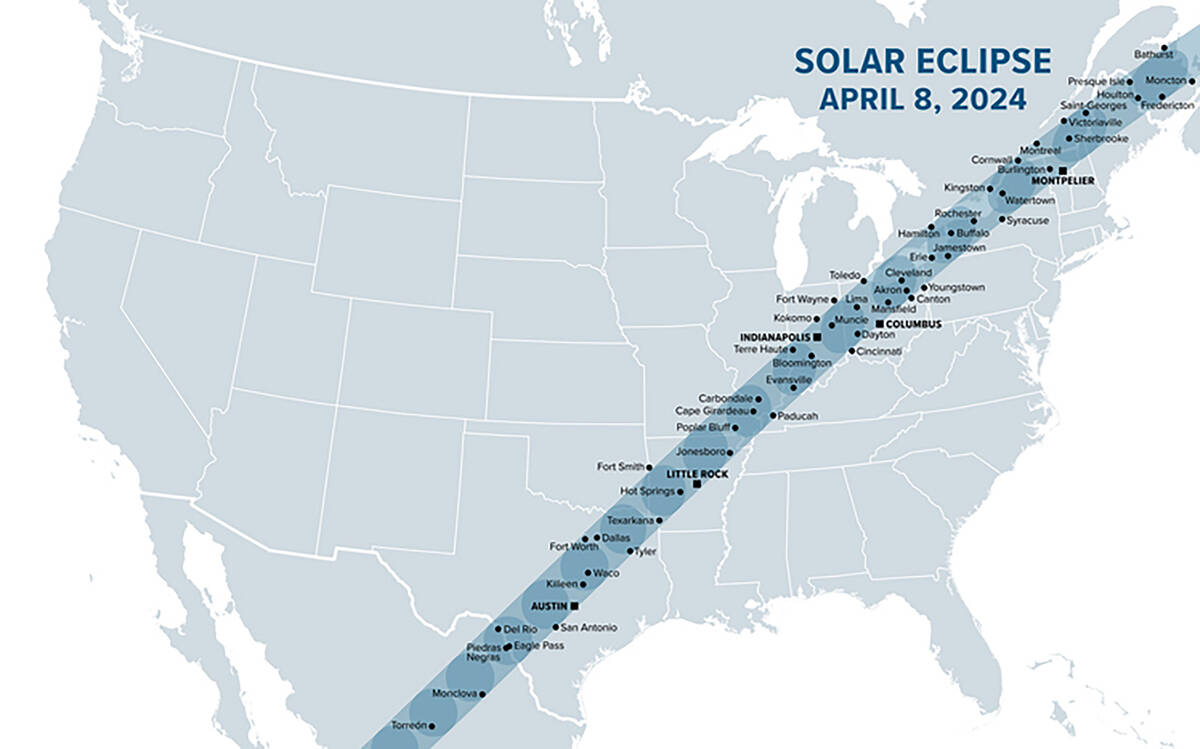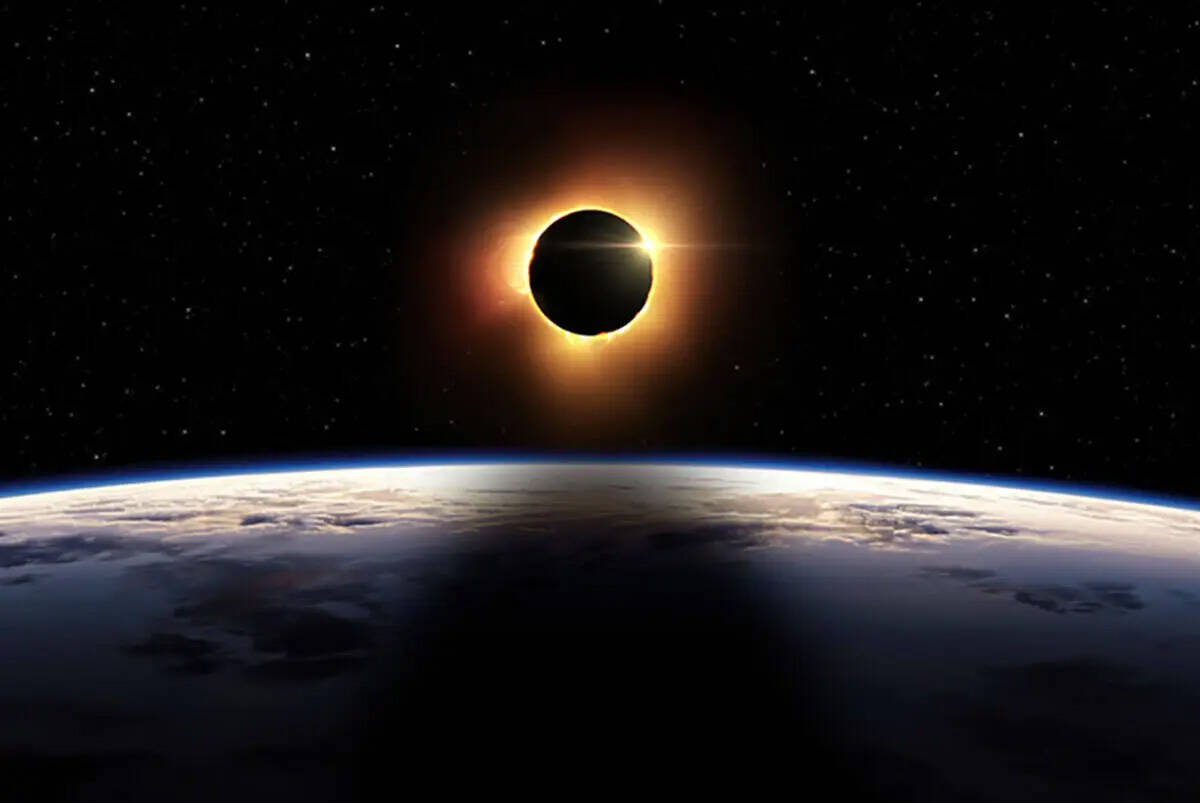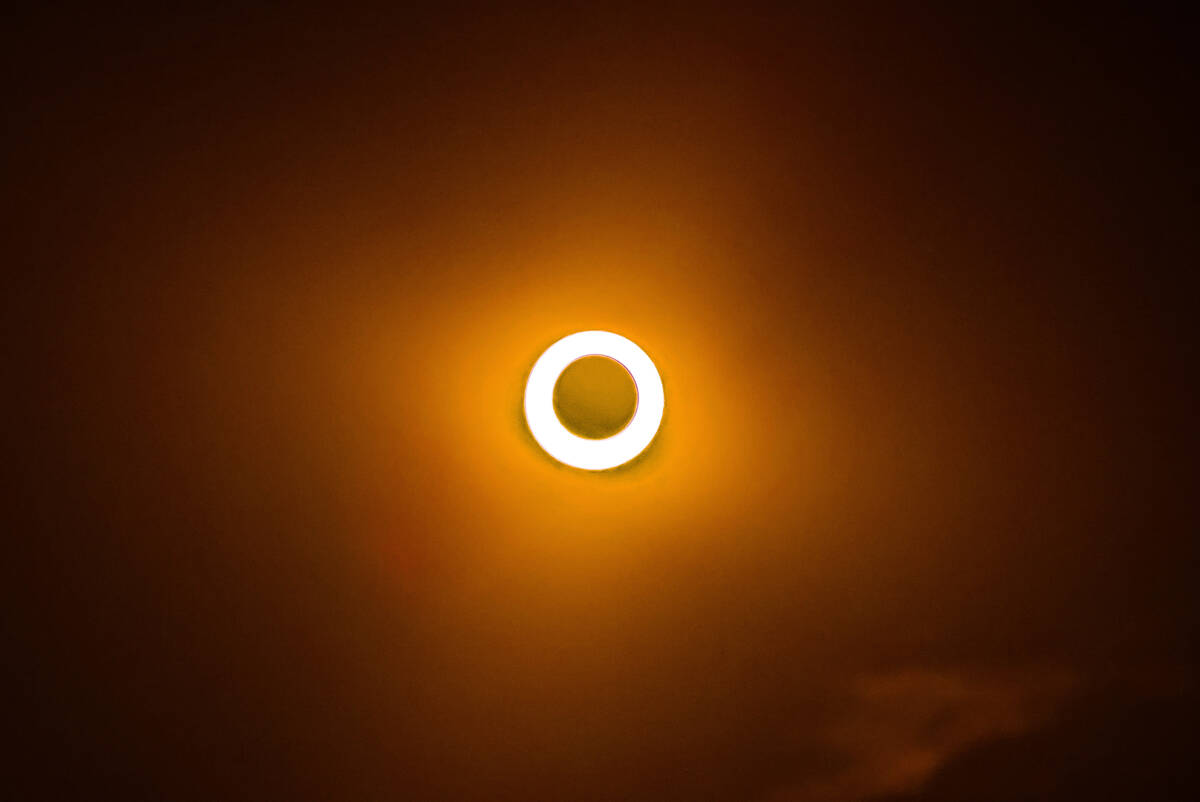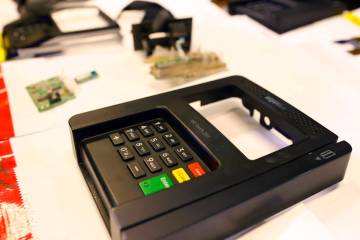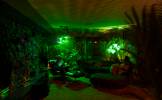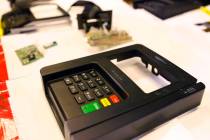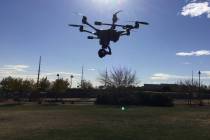Southern Nevadans will get a glimpse of Monday total eclipse
Southern Nevadans will be able to enjoy the solar eclipse on Monday — sort of.
Much of the central and eastern parts of the nation will experience a total solar eclipse, which is when the moon passes between the sun and the Earth and completely blocks the face of the sun for a short time.
Area residents will be able to see about 60 percent of the sun as the moon will only partially cover it, according to nasa.gov.
The moon will move into the line of sight to the sun at 10:12 a.m. with the maximum coverage of the sun occurring at 11:20 a.m.
The sun will again become fully visible at 12:30 p.m.
The total eclipse area will move like an arc over the United States from southwest of San Antonio to Dallas; Little Rock, Arkansas; Indianapolis; Cleveland; Buffalo, New York; Burlington, Vermont; and eventually the Maine coast at the Atlantic Ocean.
The sun will be totally obscured for 4 minutes and 28 seconds for viewers in the total eclipse area.
Protective eclipse glasses
Eclipse glasses are necessary for viewing a partial or total solar eclipse.
To be certified eclipse glasses, they must meet the ISO 12312-2 international safety standard, according to the American Astronomical Society, which determines the specific criteria for safe eclipse viewing.
The glasses should have a special solar filter to block the sun’s harmful UV and infrared rays, allowing only a limited amount of visible light to reach the eyes.
During a solar eclipse, it’s never safe to view the sun without wearing proper eclipse glasses.
You can’t use a camera lens, a telescope or binoculars without the special solar filter because the concentrated solar rays can cause serious eye injuries.
Always look through eclipse glasses, which are a thousand times darker than ordinary glasses. Buy them only from trusted vendors.
To prevent skin damage when watching the eclipse, wear sunscreen and protective clothing or a hat.
Next total eclipse
The next total solar eclipse will occur on Aug. 12, 2026, but will be visible in a limited area — the Arctic, eastern Greenland, Iceland and northern Spain.
Where to watch the eclipse in Las Vegas
— The Dale Etheridge Planetarium at the College of Southern Nevada is hosting a free community event from 10:12 a.m. to 12:30 p.m. at 3200 E. Cheyenne Ave., North Las Vegas. Doors open at 9:15 a.m. for the event featuring activities and solar-filtered telescopes set up outdoors, including a Unistellar digital telescope that tracks the Sun. The Las Vegas Astronomical Society also will be outside the planetarium with its NASA Solar System Ambassador, Francisco Silva. Inside the planetarium’s dome, there will be a live feed from NASA along the path of totality. Attendees can purchase safety glasses and viewing cards for eclipse photography in the astronomy shop for $2 each.
— The first 200 people who arrive to The Strat’s Tower Observation Deck will receive a pair of solar eclipse viewing sunglasses with the purchase of a Tower admission ticket. Tickets are $20 and available to purchase in-person or online.
— Mount Gay Rum, with its Mount Gay Eclipse heritage brand, is hosting free solar eclipse parties with welcome cocktails, nibbles and a specialty Eclipse cocktail menu. The party at the Palms pool begins at 10 a.m.; the party at Liftoff Bar in Area15 begins at 11 a.m.
—Visit lvrj.com/eclipse for a livestream of the total eclipse from Terreon, Mexico starting at 10 a.m.
Contact Marvin Clemons at mclemons@reviewjournal.com.
Where to watch the eclipse in Las Vegas
— The Dale Etheridge Planetarium at the College of Southern Nevada is hosting a free community event from 10:12 a.m. to 12:30 p.m. at 3200 E. Cheyenne Ave., North Las Vegas. Doors open at 9:15 a.m. for the event featuring activities and solar-filtered telescopes set up outdoors, including a Unistellar digital telescope that tracks the Sun. The Las Vegas Astronomical Society also will be outside the planetarium with its NASA Solar System Ambassador, Francisco Silva. Inside the planetarium's dome, there will be a live feed from NASA along the path of totality. Attendees can purchase safety glasses and viewing cards for eclipse photography in the astronomy shop for $2 each.
— The first 200 people who arrive to The Strat's Tower Observation Deck will receive a pair of solar eclipse viewing sunglasses with the purchase of a Tower admission ticket. Tickets are $20 and available to purchase in-person or online.
— Mount Gay Rum, with its Mount Gay Eclipse heritage brand, is hosting free solar eclipse parties with welcome cocktails, nibbles and a specialty Eclipse cocktail menu. The party at the Palms pool begins at 10 a.m.; the party at Liftoff Bar in Area15 begins at 11 a.m.
—Visit lvrj.com/eclipse for a livestream of the total eclipse from Junction, TX starting at 10 a.m.



